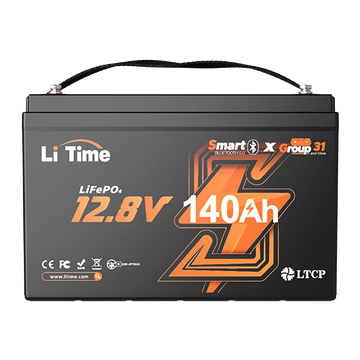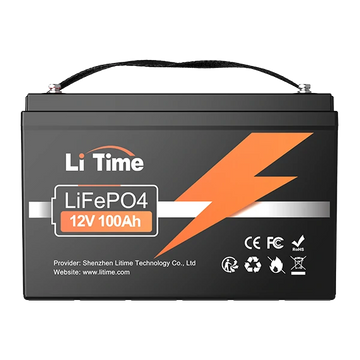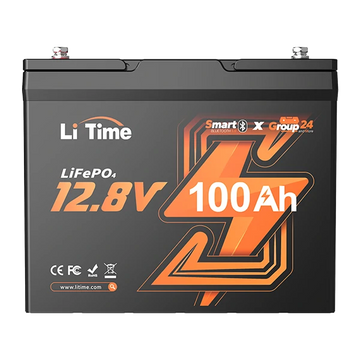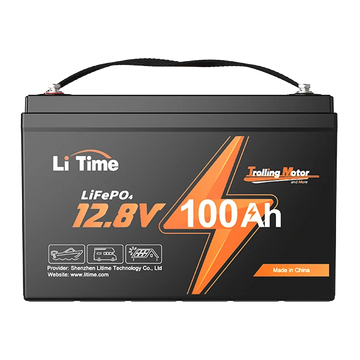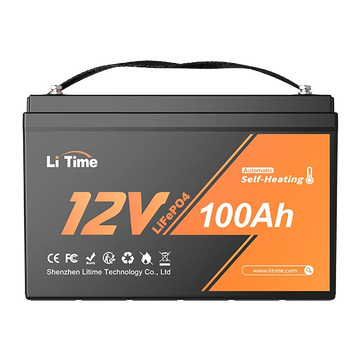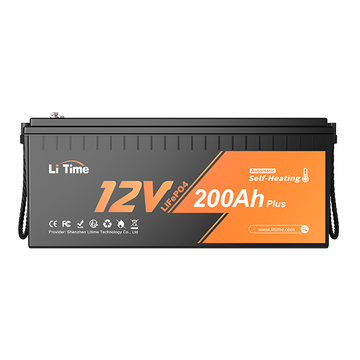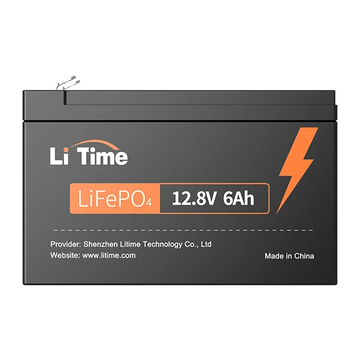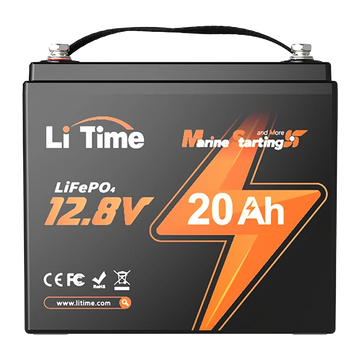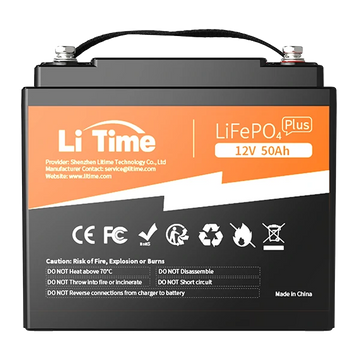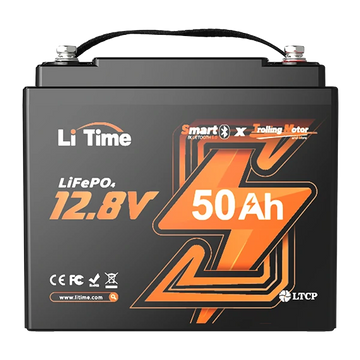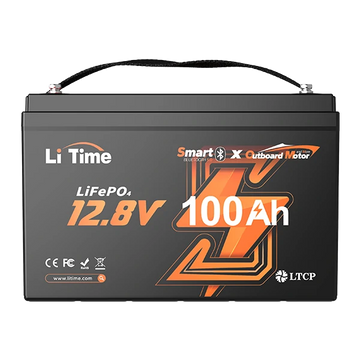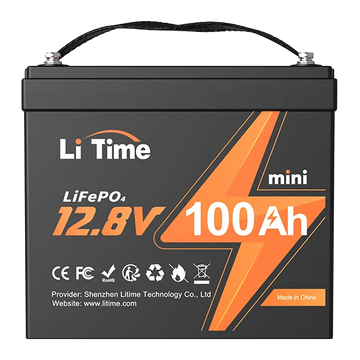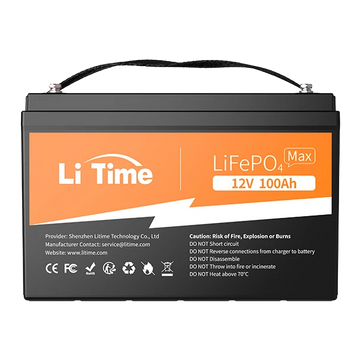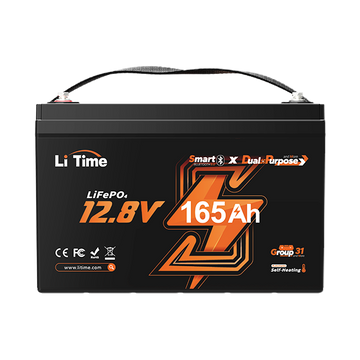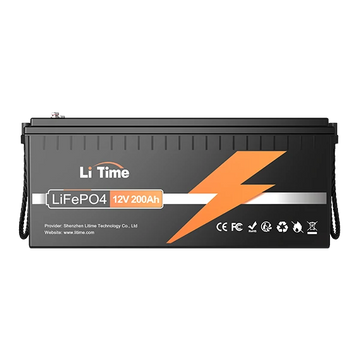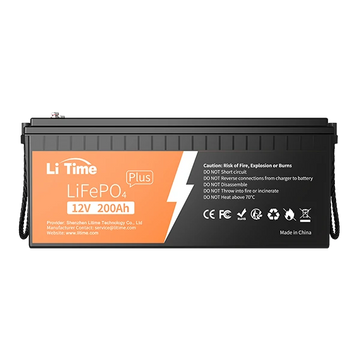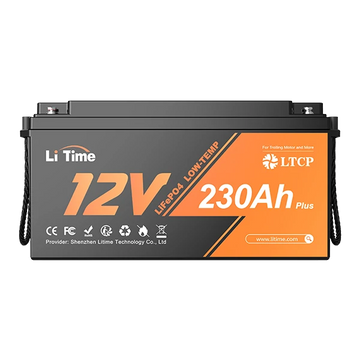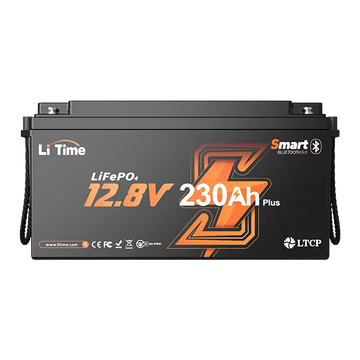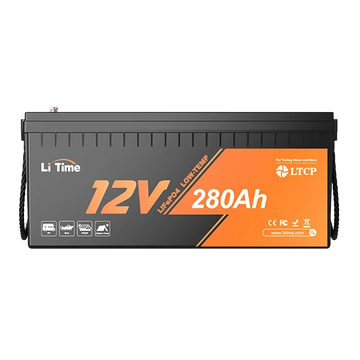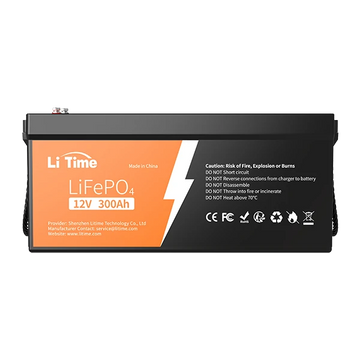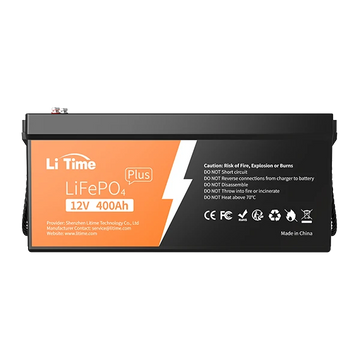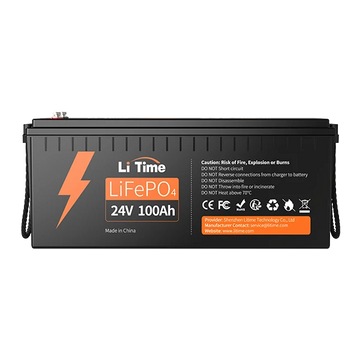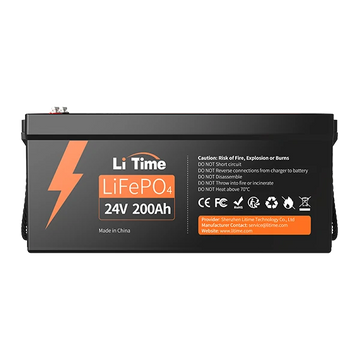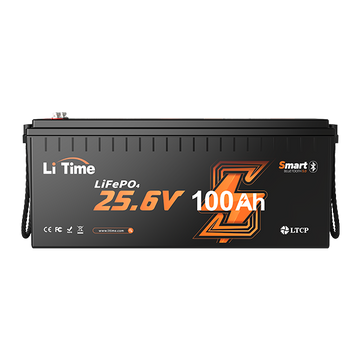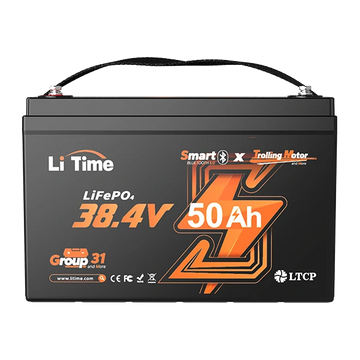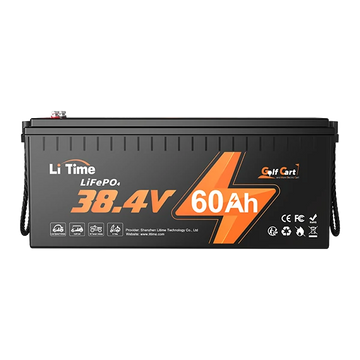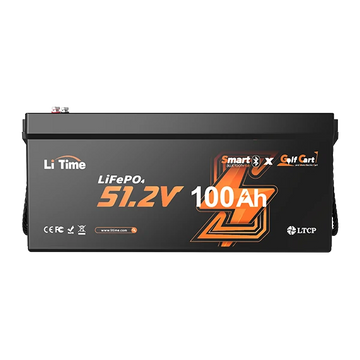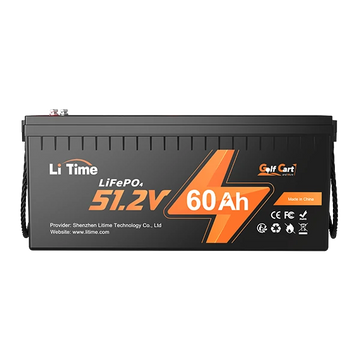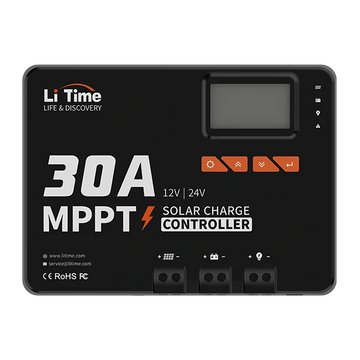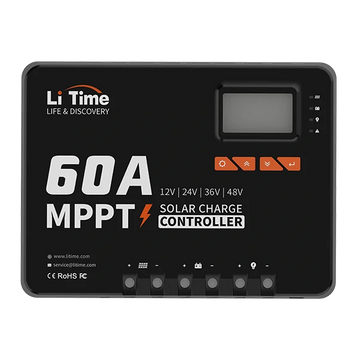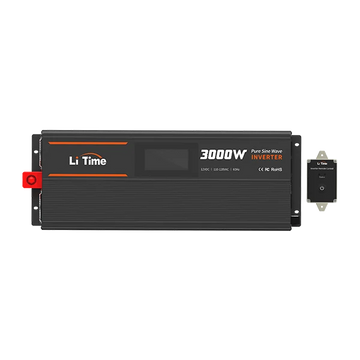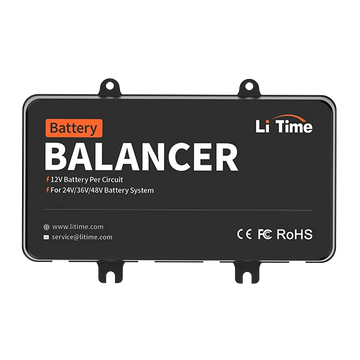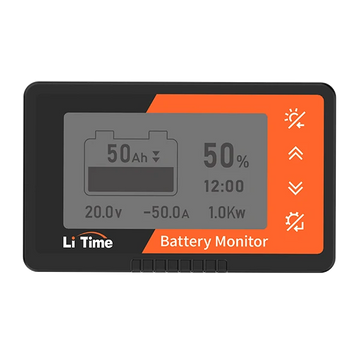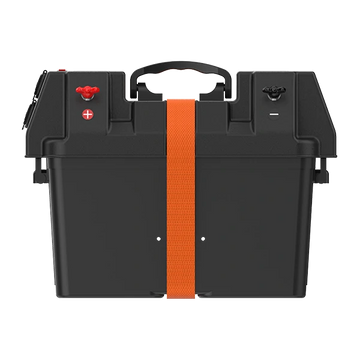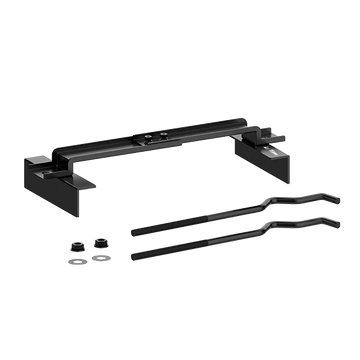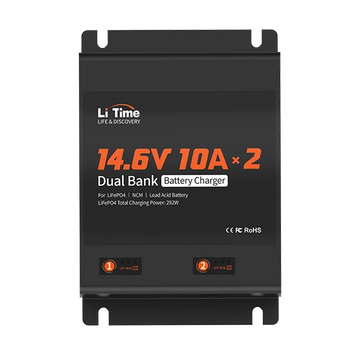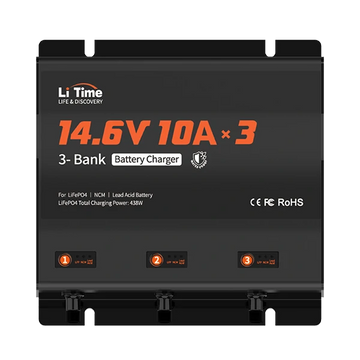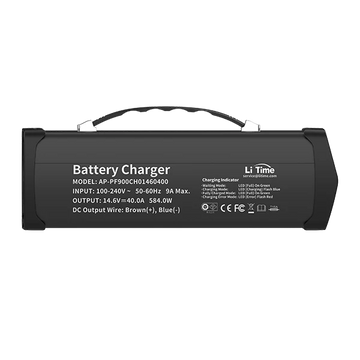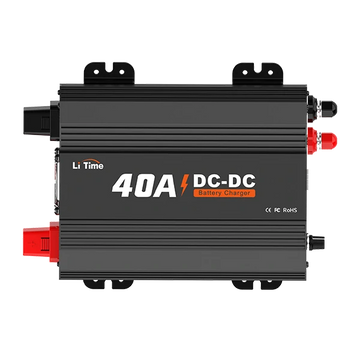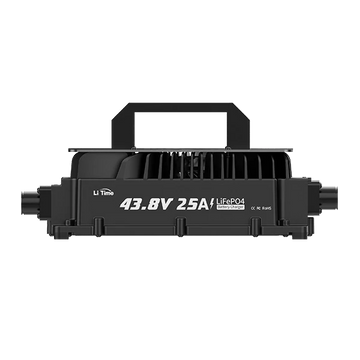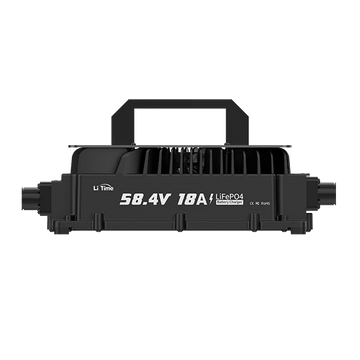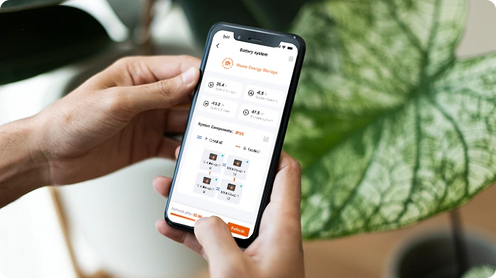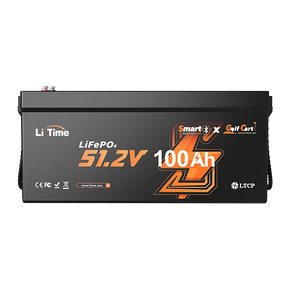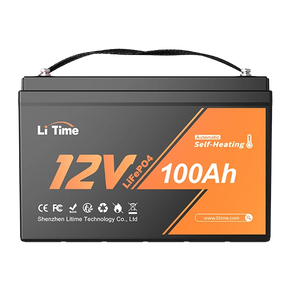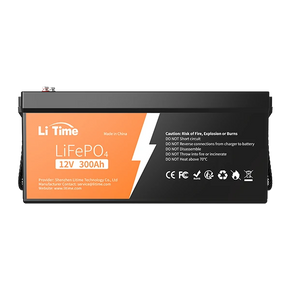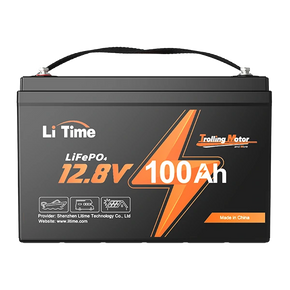Connecting multiple lithium batteries is a fantastic way to build a power system tailored to your needs, whether you're looking for higher voltage for a powerful motor or more capacity for longer off-grid adventures.
However, connecting batteries isn't just a simple wiring job. To ensure safety and get the best performance and lifespan from your investment, it's crucial to understand the difference between series and parallel connections and to follow a few simple but critical rules.
Let's break down everything you need to know.
Table of Content
Part 1: Connecting Batteries in Series (For Higher Voltage)
Think of a series connection like stacking blocks. You connect batteries end-to-end, linking the positive terminal of one battery to the negative terminal of the next. This process adds the voltage of each battery together while the capacity (Amp-hours) remains the same as a single battery.
The Formula: Total Voltage = Voltage of Battery 1 + Voltage of Battery 2 + ...
Example: If you connect 2 12V 100Ah LiTime batteries in series, you create a single 24V 100Ah battery bank.

Why Use a Series Connection?
- Higher Voltage Output: This is the primary benefit. It's essential for applications that require more power, such as 48V golf carts, high-powered trolling motors, or large off-grid solar systems.
- Efficient Energy Transfer: Higher voltage systems can often run more efficiently with smaller, less expensive wires because they operate at a lower current for the same amount of power.
What are the Drawbacks?
- No Capacity Increase: Connecting in series won't give you a longer runtime; it only boosts the voltage.
- The "Weakest Link" Effect: The entire system is limited by the weakest battery in the chain. If one battery underperforms, it negatively impacts the performance of the whole string. This is why using identical batteries is so important.
Part 2: Connecting Batteries in Parallel (For Higher Capacity)
A parallel connection is like adding more lanes to a highway. You connect all the positive terminals together and all the negative terminals together, typically using busbars for a clean and safe setup. This combines the capacity (Amp-hours) of each battery while the voltage remains the same as a single battery.
The Formula: Total Capacity = Capacity of Battery 1 + Capacity of Battery 2 + ...
Example: If you connect two 12V 100Ah batteries in parallel, you create a 12V 200Ah battery bank.

Why Use a Parallel Connection?
- Increased Capacity (Runtime): This is the main advantage. More capacity means longer runtimes for your devices, making it perfect for RVs, marine applications, and home backup power where you need energy to last.
- Redundancy: If one battery in a parallel bank fails, the others can continue to supply power, although at a reduced total capacity.
What are the Drawbacks?
- No Voltage Increase: Your system's voltage is limited to that of a single battery.
- Requires Careful Balancing: All batteries must be at the same voltage before being connected. If not, a massive amount of current can rush from the higher-charged battery to the lower one, potentially causing damage.
Part 3: Series vs. Parallel at a Glance
| Feature | Series Connection | Parallel Connection |
|---|---|---|
| Voltage | Increases (Adds up) | Stays the Same |
| Capacity (Ah) | Stays the Same | Increases (Adds up) |
| Primary Goal | Achieve higher voltage for powerful systems | Achieve longer runtime and energy storage |
| Key Concern | Performance is limited by the weakest battery | Requires precise voltage matching before connecting |
Part 4: The Golden Rules for Connecting Batteries
Whether you're connecting in series or parallel, these safety and performance rules are non-negotiable.
- Use Identical Batteries ONLY. This is the most important rule. Always use batteries of the same brand, model, capacity, and age. It's best to purchase all batteries for your bank at the same time (within one month). Mixing different batteries will cause imbalances that drastically reduce performance, shorten lifespan, and can be a safety hazard.
- Fully Charge Each Battery Individually First. Before connecting them, ensure every battery is fully charged to the exact same voltage level. This prevents a sudden, high-current rush between batteries that can damage them.
- Respect Manufacturer Limits. Always check your battery's specifications. For example, LiTime allows a maximum of four 12 Volt identical batteries to be connected in series (e.g., up to a 48V system). While there's generally no strict limit for parallel connections, be aware that larger banks take longer to charge and require robust safety systems.
- Use Proper Wiring and Fuses.
- For parallel connections, use busbars to ensure even current distribution.
- Install a correctly-sized fuse on the main positive lead of your battery bank to protect against short circuits.
Part 5: Frequently Asked Questions (FAQ)
1. Can I mix old and new batteries?
No, this is strongly discouraged. An older battery has higher internal resistance and lower capacity. It will act like an anchor, dragging down the performance of the new battery and causing it to wear out much faster. Always replace batteries as a complete set.
2. Can I connect different types of batteries, like Lithium and Lead-Acid?
Absolutely not. Different battery chemistries have completely different voltage profiles and charging requirements. Connecting them is dangerous and will damage both batteries.
3. Can I mix Bluetooth and non-Bluetooth batteries?
This is not recommended. Batteries with different features (like Bluetooth monitoring) are often from different manufacturing series and can have mismatched internal parameters. Stick to one identical model for the entire bank to ensure stability.
4. Why is a busbar recommended for parallel connections?
A busbar provides a common connection point for all your positive and negative cables. This ensures that each battery in the parallel bank is working equally hard, preventing one battery from being over-stressed, which is crucial for the health and safety of your system.
5. Should I fully charge my batteries before building a battery bank?
Yes, absolutely. This is a critical safety step. Before wiring batteries together, you must charge each one individually until they reach the same voltage. Connecting batteries with different charge levels will cause a massive, uncontrolled rush of current between them. This can melt terminals, blow fuses, and permanently damage the batteries.
6. Why is it so important to use identical batteries?
Think of your battery bank as a team of runners in a marathon. If every runner is equally fit and runs at the same pace (identical batteries), they work together perfectly. But if you add a slower or older runner to the team, the group is forced to slow down to match their pace.
The stronger runners end up doing more work and wear out faster. It's the same with batteries. Using identical models (same brand, age, and capacity) ensures they share the load perfectly, giving you better performance, a longer lifespan, and a much safer system.
Conclusion
Wiring batteries in series boosts your voltage, while wiring in parallel boosts your capacity. By understanding this key difference and following the essential safety rules—especially using identical, fully-charged batteries—you can confidently and safely build a powerful and reliable LiFePO4 battery bank that will serve you well for years to come.
